Log in or create new account to save this product to your wishlist.
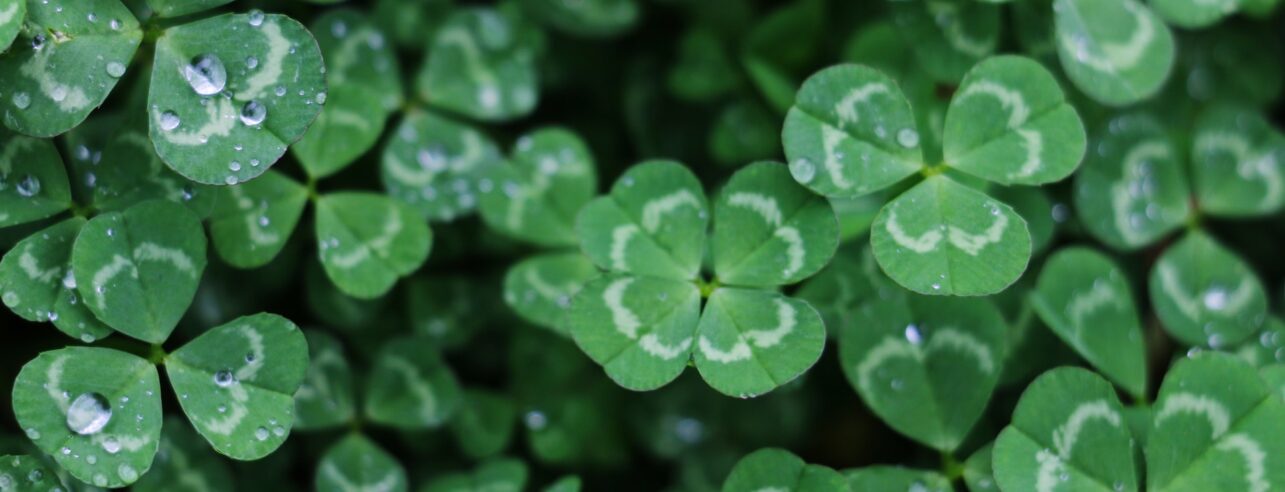
How to Get Rid of Clover in Your Lawn
The presence of clover in your lawn indicates that not all is right with your soil. Find out how to tackle your clover crisis the expert way.
🌱 All important maintenance moments for your lawn during the year. Leave your email and we will send you the lawn calendar for free.
Enter your email
Receive the lawn calendar in the mail
Enjoy a green lawn all year round!

- Order by 2PM = shipped today
- 250.000+ satisfied customers!
- 60 day satisfaction guarantee
Clover is a common and resilient weed. Despite often being viewed as a symbol of luck, you probably want to get rid of it in your lawn. Removing clover in your lawn can be a challenge as it quickly gains ground and chokes weaker plants and grass. We explore various methods to identify, effectively remove, and prevent clover, allowing your lawn to thrive without the nuisance of this weed.
- What is clover, exactly?
- How to recognise the type of clover in your lawn
- Which varieties of clover are most commonly found in the UK?
- What damage does clover do to my lawn?
- Removing clover from the lawn
- Controlling clover in the lawn
- Preventing clover in the lawn
- FAQ’s
What is clover, exactly?
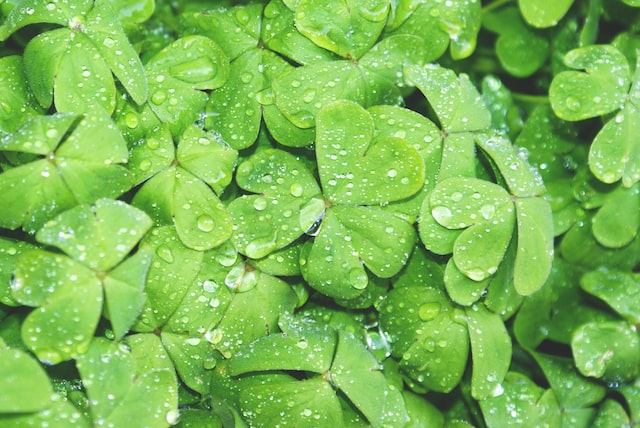
Clover is an annual or perennial plant that you can find virtually everywhere – in roadside verges, meadows, at the base of hedges, and likely in your own lawn. Due to its rich protein content, clover serves as suitable fodder for livestock. However, if you didn’t intentionally plant it, discovering clover in your lawn may not be a positive sign. It suggests that the soil lacks essential nutrients, primarily nitrogen, allowing weeds like clover to establish and thrive.
How to recognise the type of clover in your lawn
There are more than two hundred clover varieties, with the most recognisable feature being the trifoliate leaves. Typically, these leaves are grouped in threes, green, and oval-shaped.

Classified as a legume, belonging to the pea family, the clover plant produces seed pods. However, it’s essential to note that not all legumes are edible, so exercise caution if considering consumption.
Clover features tubular flowers that cluster in “balls.” While the petals are commonly white or pink, they can also appear in hues like red, purple, or yellow.
Which varieties of clover are most commonly found in the UK?
Red clover
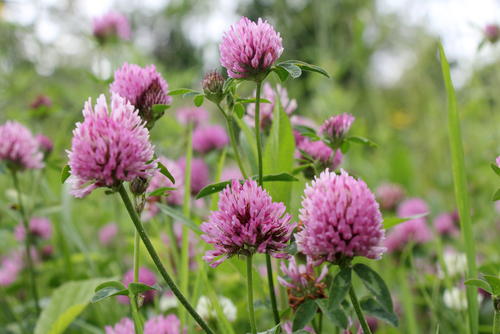
Red clover is a perennial plant. This means that if you don’t control it, the clover will stay in the ground for years. You can recognise this type of clover by the red and pink flowers that stand upright. Red clover flowers from May to October.
White clover
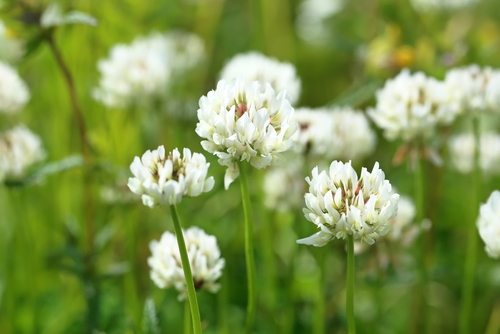
This creeping plant spreads across your lawn rapidly and — left to its own devices — can take over your lawn completely. Again, it flowers from May to October and is the most likely variety to produce those lucky four-leaf clovers.
Jumping clover
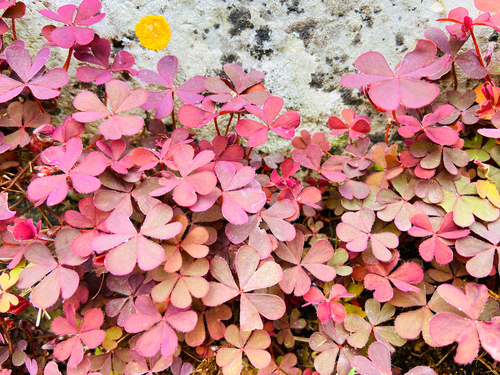
Jumping clover is known by various names, including Spring Clover and Horned Wood Sorrel. The leaves are reddish-brown, and the little flowers are bright yellow, like a buttercup. These plants often grow in the gaps between your patio tiles. Little seeds pop out if you touch the leaves, giving the plant its rapid spread.
What damage does clover do to my lawn?
Clover in the lawn indicates a nitrogen deficiency in the soil. Once it finds a place in the lawn, it will spread quickly. It will displace the grass in your lawn.
Removing clover from the lawn
How do you approach this without immediately resorting to chemical pesticides? Although these substances can eliminate weeds, they may also damage the soil and have harmful effects on the environment.
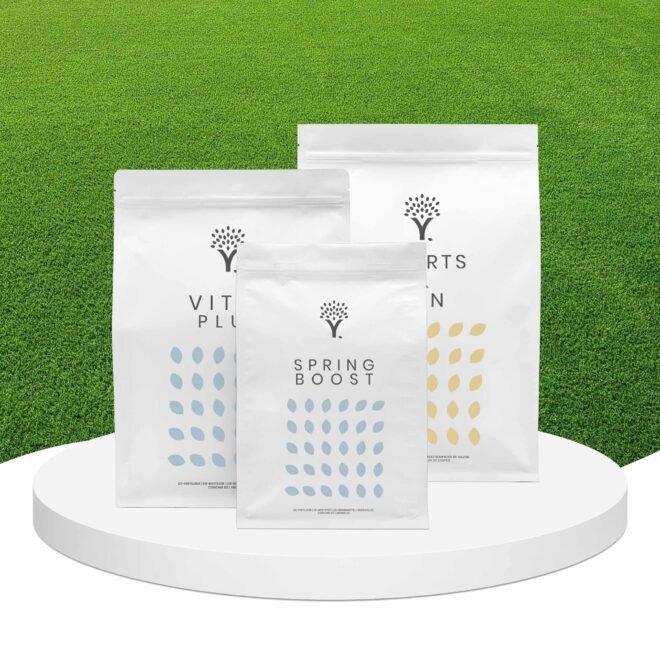
- Improves resistance to heat, diseases, and stress
- Boosts your lawn’s strength and resilience
- Safe for use around children and animals
Manual removal of clover is an option, but it’s also a time-consuming task. If you want to effectively get rid of clover, it’s crucial to remove not only the above-ground parts but also the roots. This can be achieved by scarifying your lawn. Use a rake or a scarifying machine on the area with clover, exposing the roots, and remove all the roots from the soil.
Do you have clover in flower beds? You can remove it by hoeing the soil. For clover between patio tiles, a joint scraper or, for example, a weed burner is the most effective approach.
Controlling clover in the lawn
Of course, you can remove clover from your lawn, but the best way to control clover is to identify the root cause of the problem. Why is there clover growing in your lawn? If the soil is healthy and well-maintained, there will be little to no weed growth.
Preventing clover in the lawn
How can you prevent clover in the lawn? Restore your beautiful lawn with these 5 handy tips!
Tip #1: Provide the right nutrition
A healthy lawn needs nourishment! Grass draws its nutrients from the soil, so it’s crucial to keep the soil in top condition. Enhance soil health by fertilising. It’s ideal to fertilise your lawn 3 to 4 times a year: in spring, early summer, late summer, and as a final touch in autumn.
-
Spring Boost Lawn Fertiliser
 Delivered tomorrow11.99
Delivered tomorrow11.99- Order by 2PM = shipped today
- 250.000+ satisfied customers!
- 60 day satisfaction guarantee
-
TopLong Lasting Lawn Fertiliser
 Delivered tomorrow12.99
Delivered tomorrow12.99- Order by 2PM = shipped today
- 250.000+ satisfied customers!
- 60 day satisfaction guarantee
-
All-Round Lawn Fertiliser
 Delivered tomorrow11.99
Delivered tomorrow11.99- Order by 2PM = shipped today
- 250.000+ satisfied customers!
- 60 day satisfaction guarantee
Tip #2: Mow the lawn regularly
Regular mowing strengthens your lawn. Sunlight and oxygen reach the soil, promoting the growth of new grass and reducing the likelihood of weeds like clover. It’s better to mow slightly more often than too infrequently, maintaining an ideal length of 3 cm.
Tip #3: Water
In addition to nutrition, grass requires sufficient water. Regular watering is key. During dry periods, your lawn needs extra water, but avoid excessive watering, as it may reduce the grass’s resistance. A proper watering strategy strengthens the root system, preventing diseases and pests.
Tip #4: Scarify
Scarifying cuts away moss and other weeds, including clover, allowing the grass to breathe. This creates an airy top layer, facilitating better grass growth and promoting a healthier lawn.
Tip #5: Sow new grass
After scarifying, you may notice bare patches. The grass’s resistance is lower in these areas. Quickly sow new grass seed to prevent weeds from taking hold.
FAQ’s
Clover is often a sign that your soil is low in nutrients. Dig out the clover plants, apply a nitrogen-rich fertiliser, and cover the resulting bald patch with high-quality lawn seed. Once established, it can be difficult to remove clover, so keep your lawn super-healthy to prevent it returning.
Clover is actually pretty resilient and more drought-resistant than standard lawn grass. Once established, it can be a challenge to remove these perennial wildflowers. Try spraying one part vinegar, one part water, and a splash of washing-up liquid. Spray clover leaves, but avoid your grass.
Corn gluten will kill clover but not your grass. Spread 10 gram corn gluten meal per square metre and water well. Allow the solution to dry, and it will kill your clover without harming your lawn.
Ready to get started?
You’ve now got all the information you need to tackle the clover in your lawn!
For more insightful tips on lawn care, weed prevention, and gardening, you’ve come to the right place. Need personalised advice or have specific questions? Feel free to drop a comment or get in touch.
Happy gardening!
-
How to Use Landscape Fabric ProperlyIf weeds or erosion in your garden are troubling you, landscape fabric might be the solution. We’ll explain how and when to use it properly, just keep on reading.Read more
-
How to Level a LawnThe secret to a beautiful garden is levelling the lawn. What's the best way to go about it? We are sharing our best tips!Read more
-
How to Prepare Your Garden for WinterWinter is coming! Get winter care tips for perennials, trees, shrubs, and more. Survive the colder months & come back stronger in the spring.Read more
-
Lawn Edges: Cutting, Mowing & Maintenance TipsFind out why maintaining lawn edges is important. How to cut and mow them. Check out our handy tips for the perfect lawn edging maintenance.Read more
-
How to Design Your Perfect North-Facing GardenNorth-facing gardens get less light than gardens of other orientations. But you can still bring it to life with the right plants and conditions. Find out how to make the most of your north-facing orientation.Read more
-
Identifying and controlling millet in your lawnMillet is an edible crop, loved for its edible, highly nutritious grain. However, you may find millet in your lawn, spread through bird droppings. Find out how to identify and control millet in your lawn.Read more
-
Top 12 Lawn Edging Ideas to Spruce Up Your Garden in 2023Adding a formal edge to your lawn is like dotting the i's and crossing the t's as far as lawn finish is concerned. Somehow, your lawn just doesn't look complete without one. Let us help inspire lawn edging that suits your outdoor space.Read more
-
Mowing your lawn BEFORE overseeding — this is how it works!Overseeding is an essential lawn care task. But make sure you cut your grass beforehand (otherwise, you'll have a jungle on your hands!).Read more
Leave a comment
Your answer will be displayed on the site and the interested party will be notified by email.
Leave a comment
Have a question or want to share your experience? Leave us a comment.

- Order by 2PM = shipped today
- 250.000+ satisfied customers!
- 60 day satisfaction guarantee

- Order by 2PM = shipped today
- 250.000+ satisfied customers!
- 60 day satisfaction guarantee

- Order by 2PM = shipped today
- 250.000+ satisfied customers!
- 60 day satisfaction guarantee

🌱 All important maintenance moments for your lawn during the year. Leave your email and we will send you the lawn calendar for free.
Enter your email
Receive the lawn calendar in the mail
Enjoy a green lawn all year round!



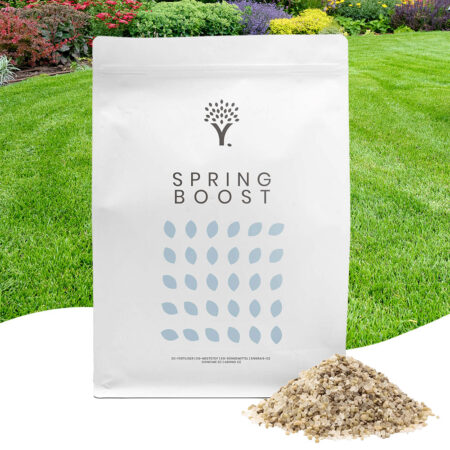
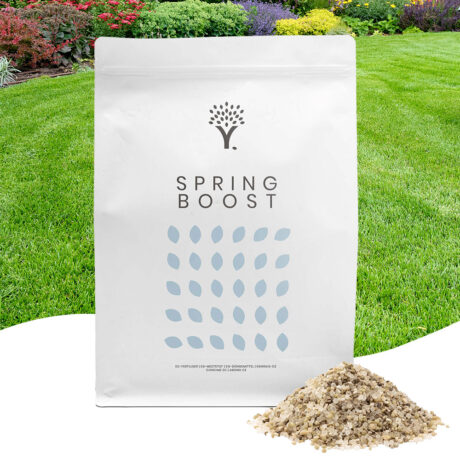

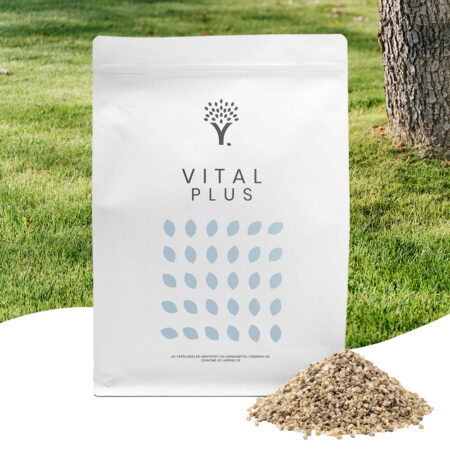
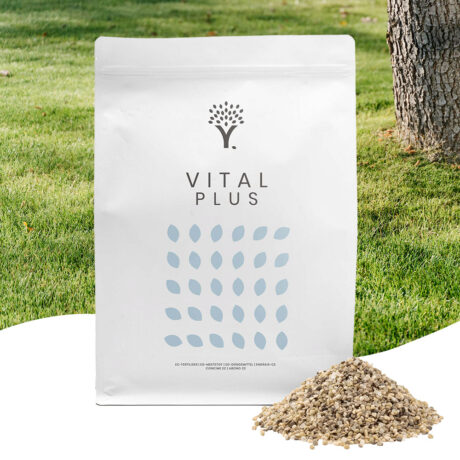



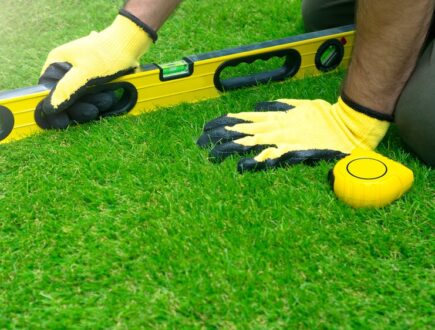
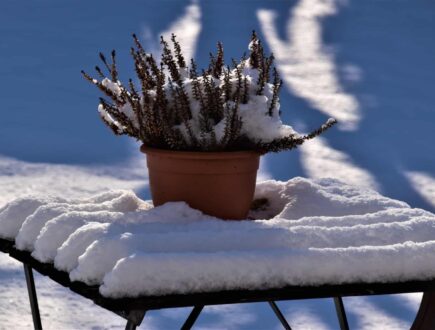
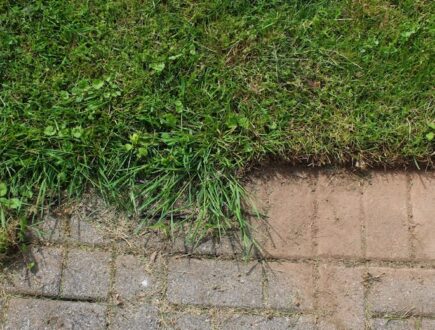
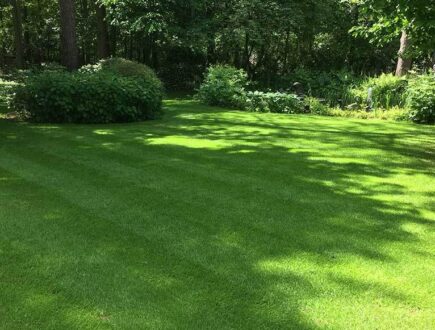
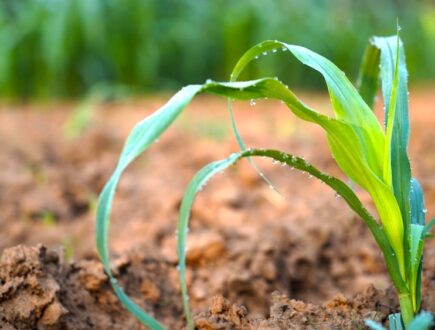
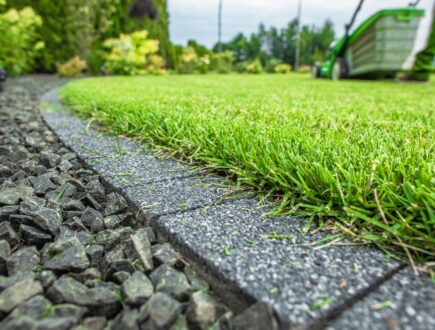
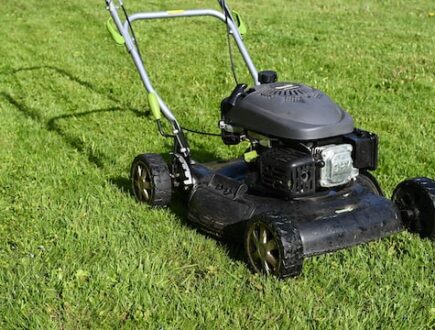


 Summer Deal! Get 15% off the
Summer Deal! Get 15% off the 




Comments (0)
There are no comments yet. Well then, what are you waiting for to
Be the first to write your comment!inaugurate this pretty page?
Do you have some comments?